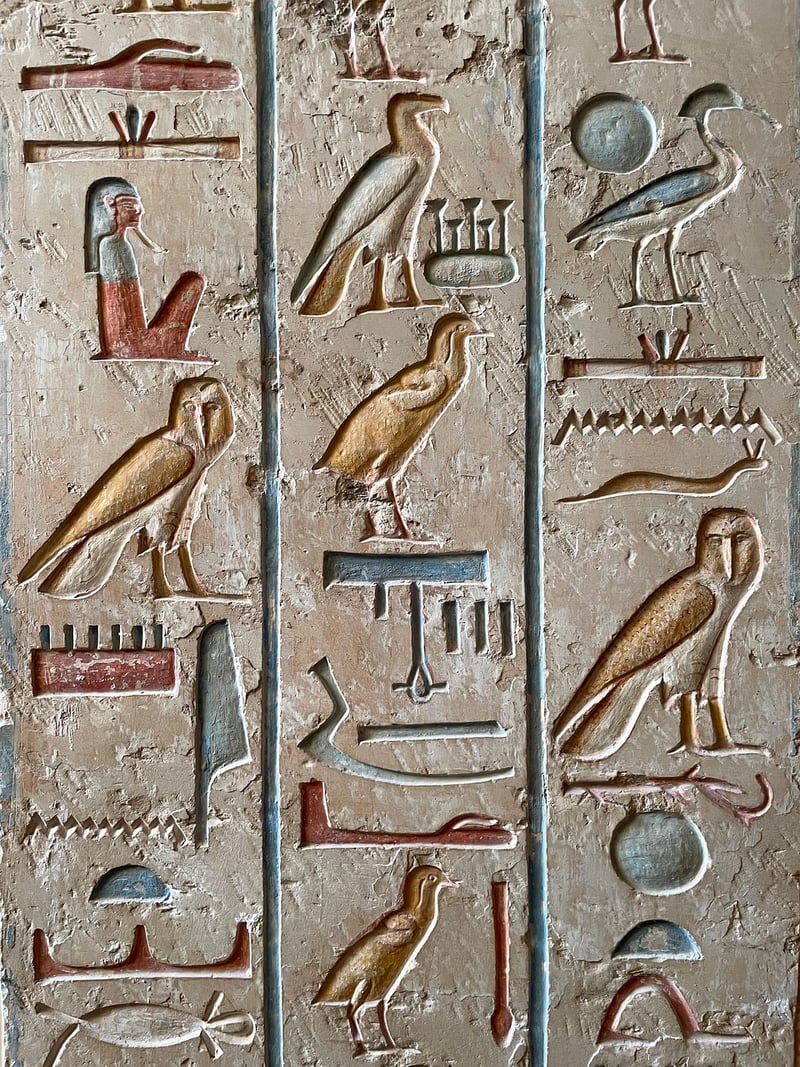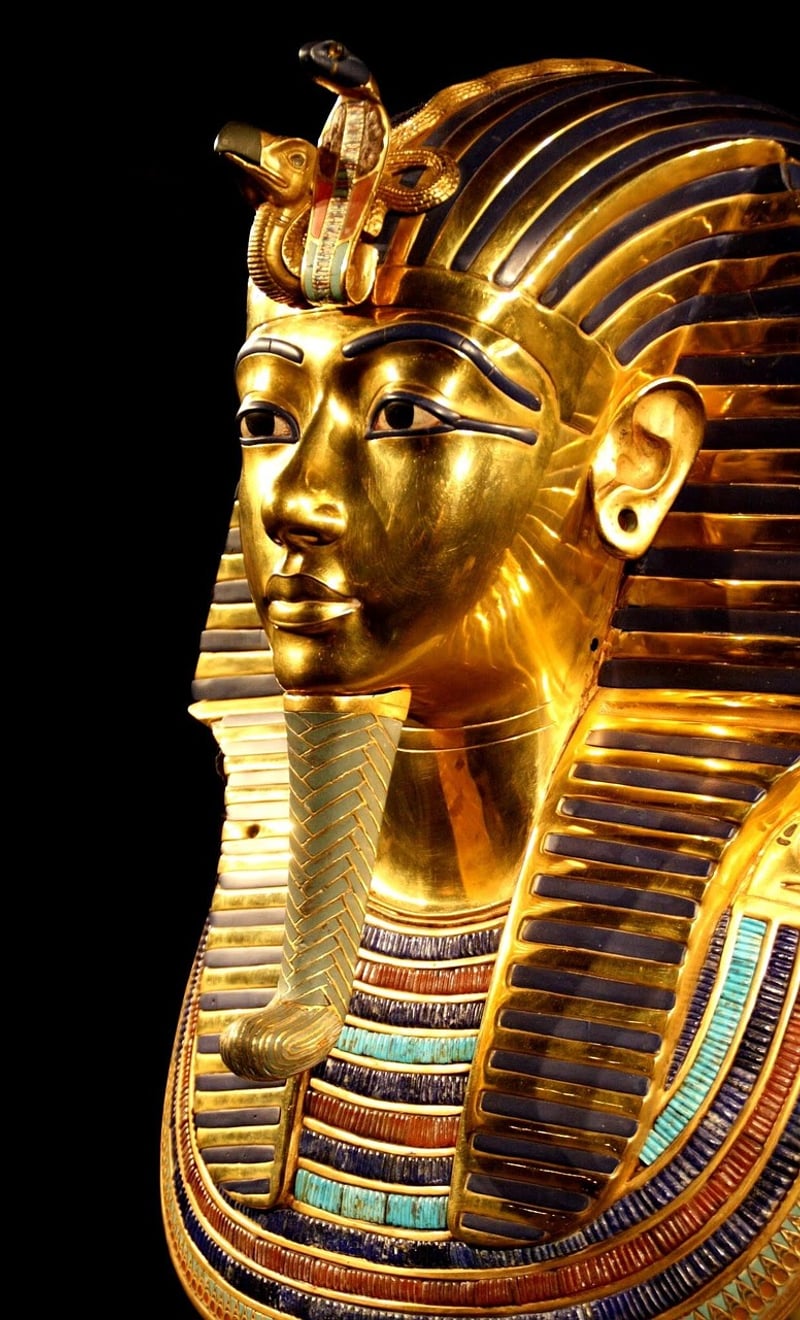Archiving Temporal Artifacts
Protecting and Studying Artifacts Across Different Eras
Artifacts from various eras are essential pieces of our history and hold significant cultural value. To preserve and understand these artifacts, it is crucial to protect them effectively and study them diligently.
The Importance of Artifact Preservation
Preserving artifacts ensures that they remain intact for future generations to learn from and appreciate. These objects provide insights into the lifestyles, beliefs, and technologies of past societies, helping us piece together the puzzle of human history.
Methods of Artifact Protection
Proper storage, climate control, and security measures are vital aspects of artifact protection. Museums, archaeological sites, and cultural institutions employ various techniques to safeguard these valuable items from damage, theft, and decay.
Studying Artifacts
Studying artifacts involves in-depth research, analysis, and interpretation. Archaeologists, historians, and other experts use scientific methods to uncover the stories behind these objects and their significance in the context of their respective eras.
Archiving Temporal Artifacts
Archiving temporal artifacts involves creating comprehensive records of each item, including detailed descriptions, photographs, and historical data. Digital archiving has become increasingly popular, allowing researchers to access and study artifacts remotely.
Benefits of Archiving Temporal Artifacts
- Facilitates research and collaboration among experts
- Preserves artifacts in a digital format for posterity
- Enables broader access to cultural heritage for the public
Conclusion
Protecting and studying artifacts from different eras is essential for preserving our shared heritage and understanding the complexities of human civilization. By archiving temporal artifacts effectively, we ensure that these invaluable pieces of history continue to enrich and educate future generations.


